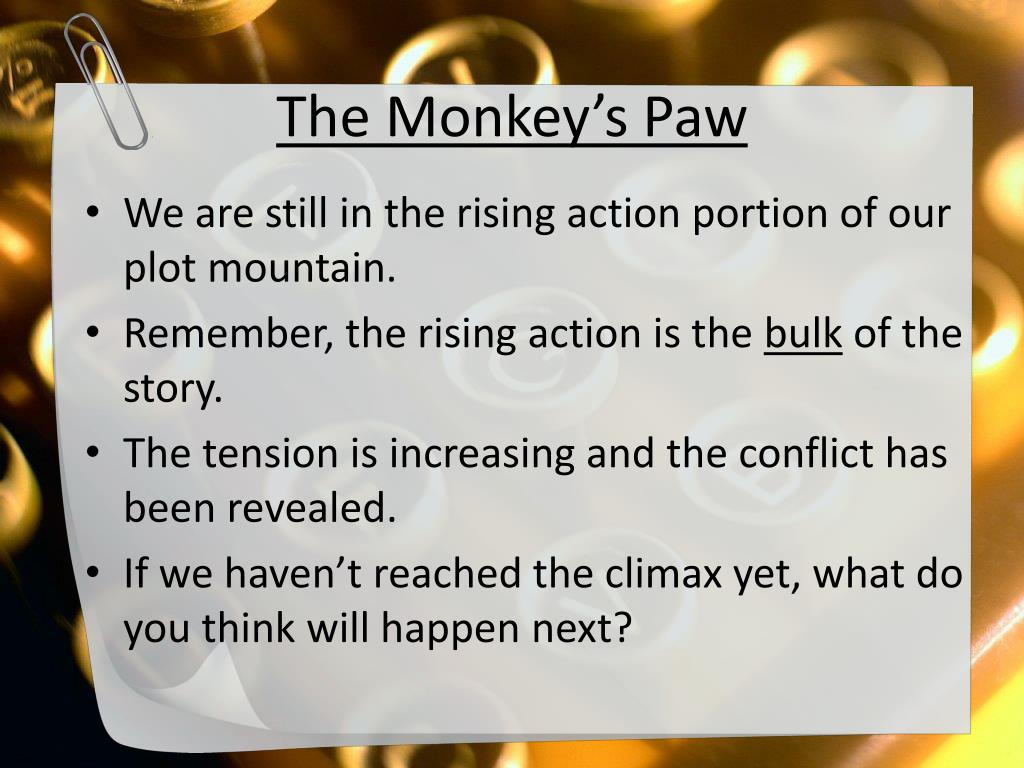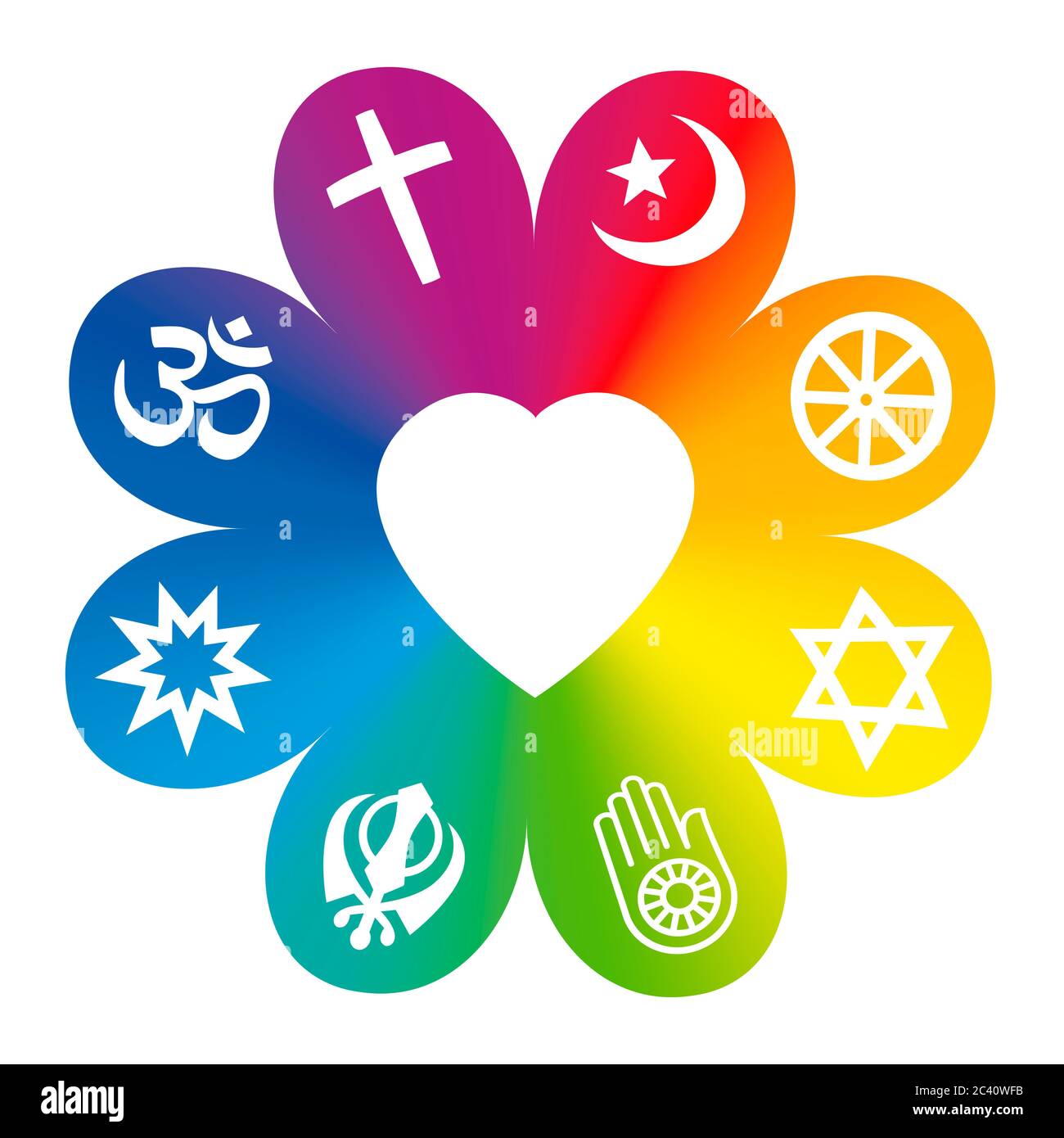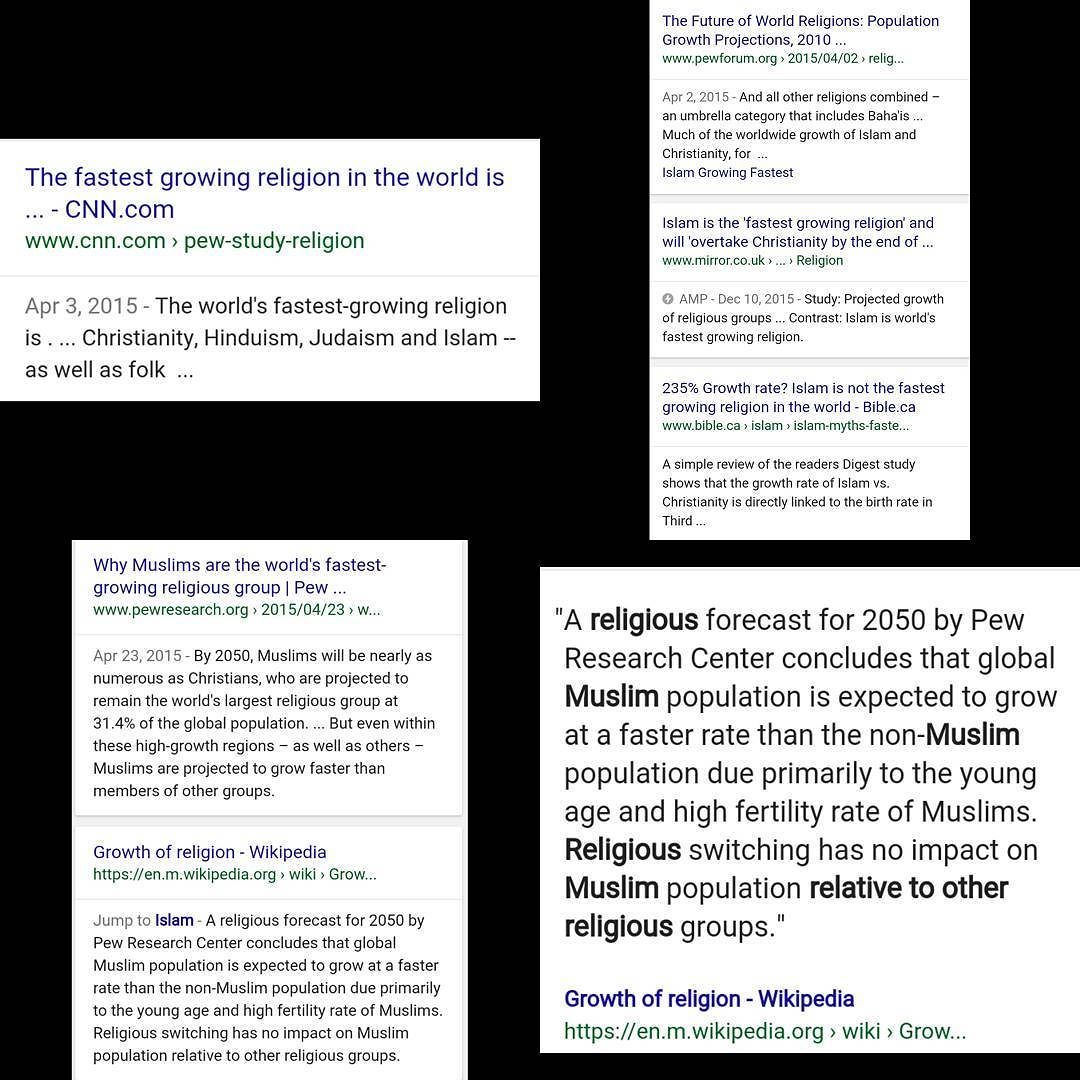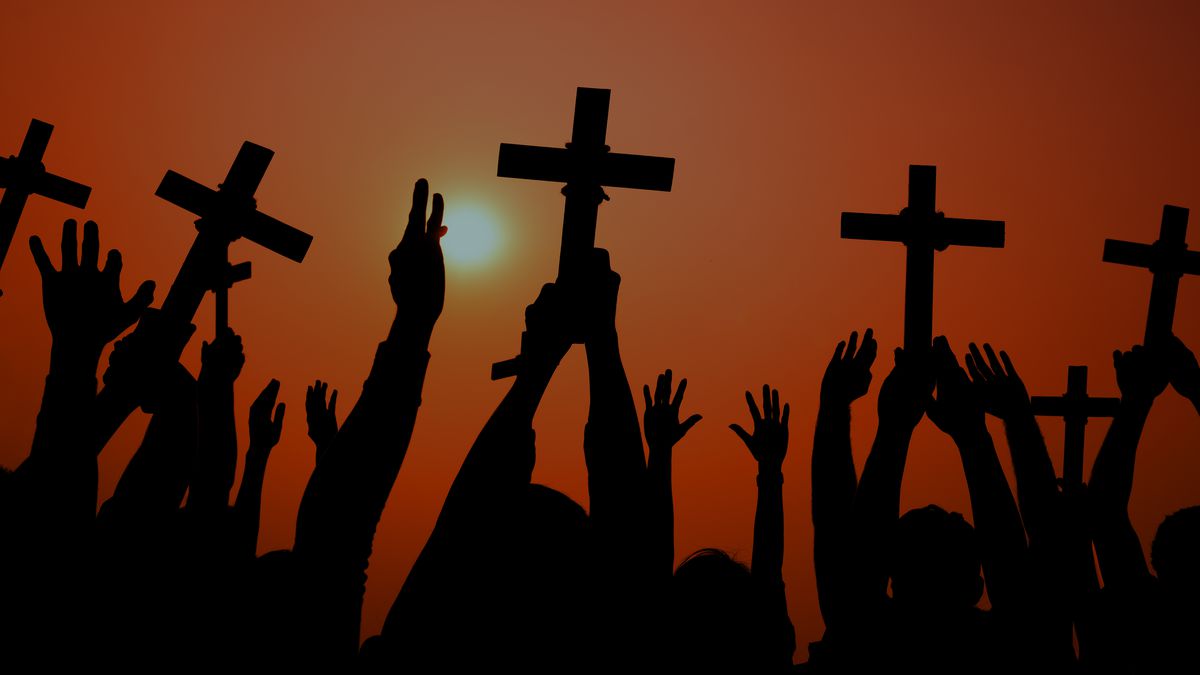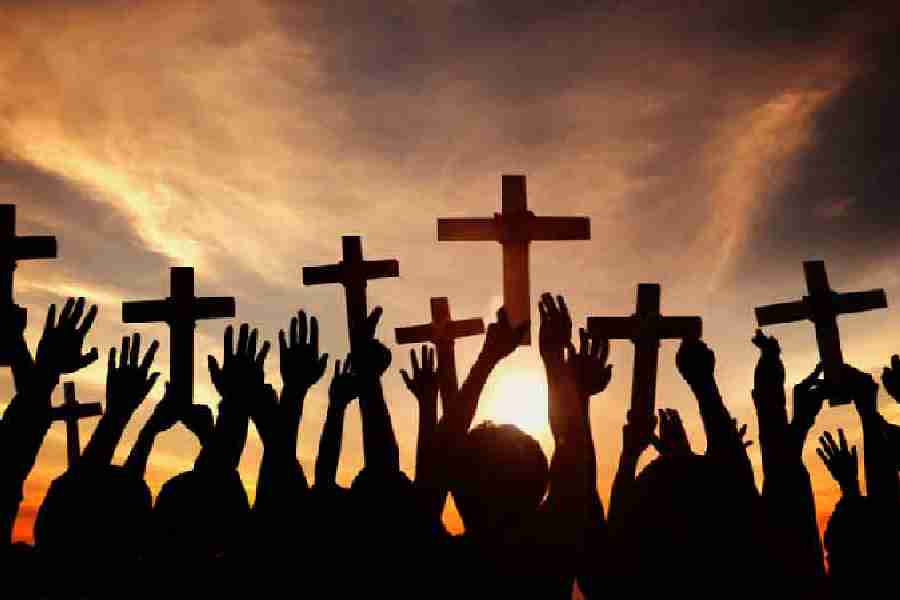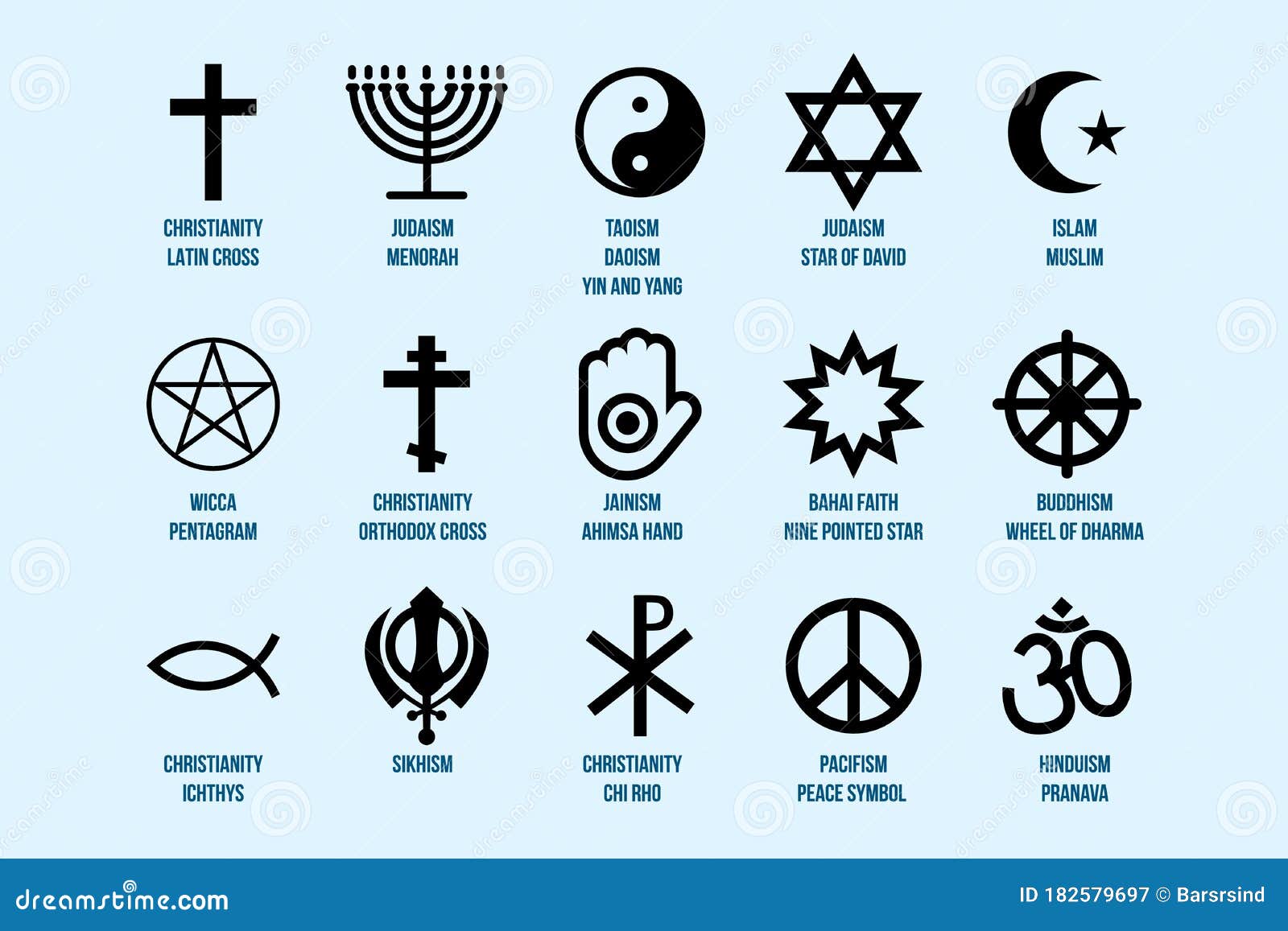Comparing Maya and Olmec Religious Practices: Origins, Rituals, and Influence
Introduction
The ancient civilizations of Mesoamerica are renowned for their complex societies and profound spiritual traditions. Among them, the Maya and Olmec cultures stand out for their influential religious practices. While the Maya civilization flourished from approximately 250 to 900 CE, the Olmec-often called the “Mother Culture”-predated them, thriving from about 1200 to 400 BCE on Mexico’s Gulf Coast. Understanding how these two societies approached spirituality reveals not only their unique worldviews, but also the lasting legacy the Olmec had on the Maya and other Mesoamerican peoples. This article offers a comprehensive, actionable comparison of their religious beliefs, rituals, cosmology, and priesthood, supported by current research and guidance for pursuing further study.
Religious Foundations: Polytheism and the Sacred Cosmos
Both the Maya and Olmec civilizations practiced polytheism , worshipping multiple deities who governed natural and cosmic forces. The Olmec pantheon centered on nature deities-such as those representing earth, water, and maize-reflecting the vital role of agriculture and the environment in their survival. Olmec religion was deeply tied to shamanism , where shamans acted as intermediaries between humans and the spiritual world, conducting rituals to maintain cosmic harmony. Rulers, priests, and shamans all played active roles in Olmec religious activities, with rulers often believed to possess direct links to supernatural powers, thus legitimizing their authority [2] .
In contrast, the Maya developed a more elaborate religious system with a richly detailed pantheon. Their deities were not only associated with natural elements but also with celestial bodies, time cycles, and cosmic events. The Maya viewed the universe as a three-part cosmos-comprising the earth, the underworld, and the sky-each inhabited by distinct gods and supernatural beings. This cosmology was reflected in their monumental architecture and city planning, which often aligned with astronomical events. Maya priests held exclusive authority over religious rituals and maintained sacred calendars that dictated the timing of ceremonies [3] .

Source: tanyajpeterson.com
Rituals and Sacrifices: From Offerings to Human Lives
Ritual sacrifice was a hallmark of both cultures, intended to appease deities, ensure agricultural fertility, and maintain social order. The Olmecs primarily relied on animal sacrifices and symbolic offerings, although some evidence suggests rare instances of human sacrifice. Their rituals often centered on shamanic ceremonies, trance states, and communication with the spirit world [1] .
The Maya, building on Olmec foundations, elevated ritual practices to a new level of complexity. Notably, human sacrifice became a central religious act in Maya society, particularly during times of crisis or important calendrical events. These sacrifices were often conducted by priests and were believed to be essential offerings to the gods, ensuring cosmic balance and the continuation of the world. Evidence for these practices is found in temple murals, hieroglyphic texts, and archaeological remains [1] . The cyclical nature of time in Maya belief, marked by sacred calendars, dictated the periodic performance of these ceremonies [2] .
Priesthood and Religious Leadership: Structure and Roles
Priesthood and leadership structures highlight a significant difference between the two cultures. In the Olmec civilization, religious activities were conducted by a combination of priests, shamans, and rulers . Shamans, in particular, played a crucial role as spiritual mediators, employing trance, ritual performance, and divination. Rulers, often depicted in colossal stone heads and sculptures, were considered semi-divine and acted as earthly representatives of the gods. This integration of spiritual and political authority helped sustain the Olmec’s social hierarchy [2] .
The Maya, however, developed a specialized priestly class that exclusively oversaw religious duties. Mayan priests were responsible not only for conducting rituals but also for interpreting celestial events, maintaining the calendar, and preserving esoteric knowledge. Their expertise in astronomy and mathematics allowed them to predict eclipses and solstices, which were believed to be moments of great spiritual significance. This specialization helped create a more centralized and formal religious institution within Maya society [3] .
Religious Architecture and Iconography: Monuments of Faith
Both civilizations are renowned for their monumental architecture, which served religious and ceremonial purposes. The Olmecs are famous for their colossal stone heads , which may represent rulers or deities, and for constructing ceremonial centers like La Venta and San Lorenzo. These sites featured altars, pyramids, and plazas designed for ritual gatherings and public ceremonies [5] .
The Maya expanded on Olmec architectural traditions, building massive pyramids, temples, ball courts, and palatial complexes . Temples were often aligned with astronomical phenomena and adorned with elaborate carvings depicting gods, mythological scenes, and ritual acts. Maya iconography drew heavily from Olmec motifs, but evolved into a more intricate visual language that chronicled dynastic histories and cosmological concepts [5] .
Influence and Legacy: Olmec Roots in Maya Religion
The Olmec’s influence on the Maya is evident in shared religious motifs, calendrical systems, and ceremonial architecture. Archaeologists have traced the transmission of Olmec iconography and spiritual concepts into later Maya practices, suggesting a pattern of cultural inheritance and adaptation. The Maya refined Olmec achievements, developing a sophisticated script, complex cosmology, and an advanced understanding of time [5] .
For those interested in exploring these connections further, consider visiting renowned museum collections, university libraries, or using online databases of Mesoamerican archaeology. Searching for terms such as “Olmec religion,” “Maya cosmology,” and “Mesoamerican rituals” at established academic platforms will yield reputable resources. You can also consult educational institutions or contact museum curators specializing in Mesoamerican studies for guidance on accessing specialized literature.
How to Access Further Resources and Educational Opportunities
If you wish to learn more or conduct in-depth research on Mesoamerican religions, several pathways are available:

Source: choosingtherapy.com
- University and Public Libraries: Search for books and academic journals using keywords like “Olmec religion,” “Maya priesthood,” and “Mesoamerican mythology.” Librarians can assist with database access and research strategies.
- Online Academic Databases: Platforms such as JSTOR, Google Scholar, and university archives offer peer-reviewed articles and archaeological reports. Use precise search terms for best results.
- Museum Collections: Many major museums maintain extensive digital archives of Mesoamerican artifacts and explanatory materials. Check the websites of institutions such as the Smithsonian, the Metropolitan Museum of Art, and regional museums in Mexico.
- Contacting Experts: Consider reaching out to university departments of anthropology or archaeology. Professors and graduate students often welcome inquiries and can suggest up-to-date resources or ongoing research projects.
- Educational Organizations: Look for programs and courses offered by organizations such as the Archaeological Institute of America or the World Archaeological Congress. Many provide lectures, workshops, and public lectures on ancient religions and cultures.
If you are seeking specific services or guided tours of archaeological sites, consult official tourism boards or cultural heritage agencies in Mexico and Central America. For academic credit or certification, check with accredited universities offering online or in-person courses on Mesoamerican history and religion.
Key Takeaways and Practical Guidance
The religious traditions of the Maya and Olmec civilizations reveal both continuity and innovation in Mesoamerican spirituality. While the Olmecs set foundational patterns in shamanism, nature worship, and ritual authority, the Maya advanced these ideas into a complex, hierarchical system with elaborate ceremonies and astronomical sophistication. Both societies left enduring legacies visible in the art, architecture, and living traditions of the region.
To continue your exploration, consider combining library research with virtual museum tours and participation in public lectures or workshops. By engaging with multiple sources and expert communities, you can deepen your understanding of how ancient faith shaped-and continues to influence-the cultures of the Americas.
References
MORE FROM cheerdeal.com
